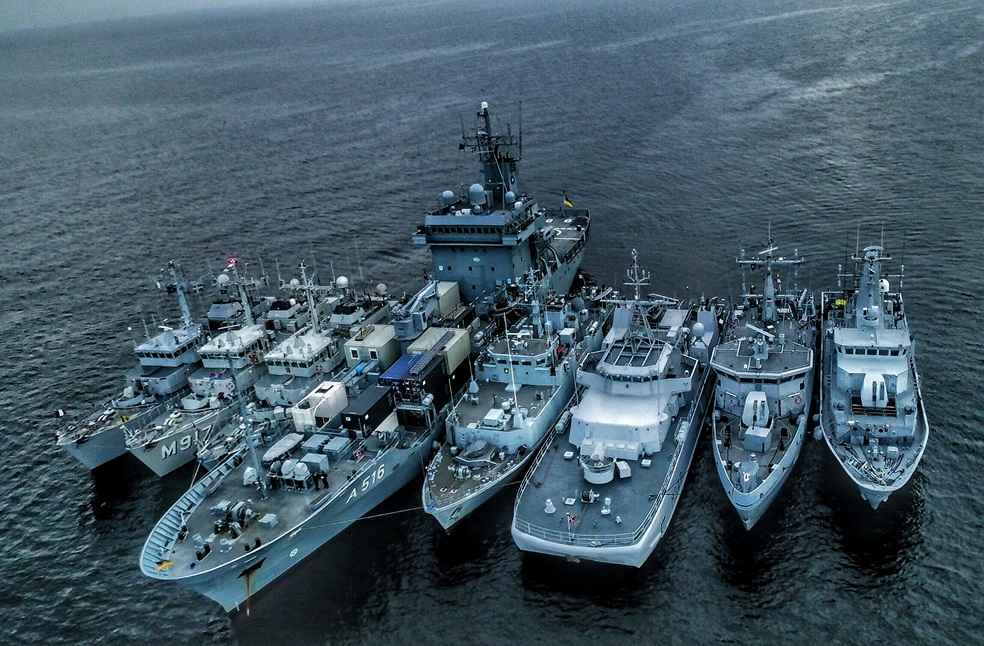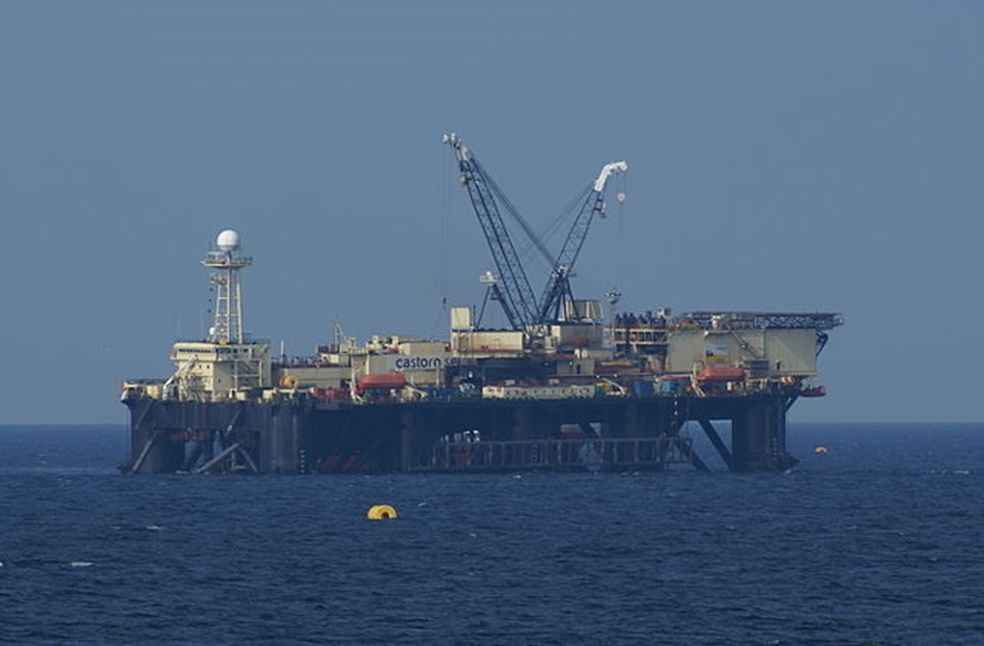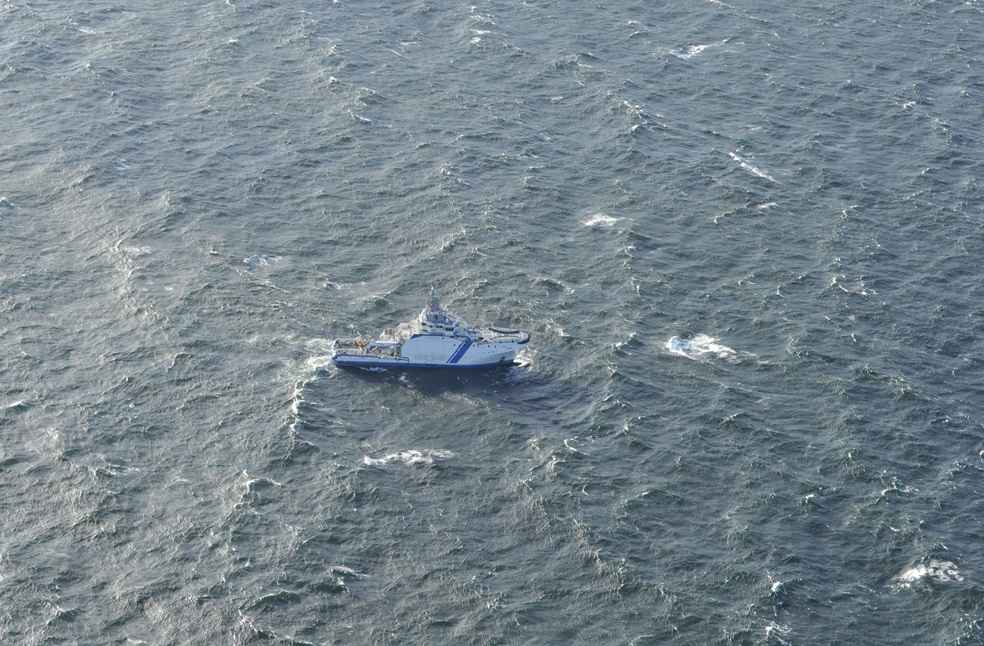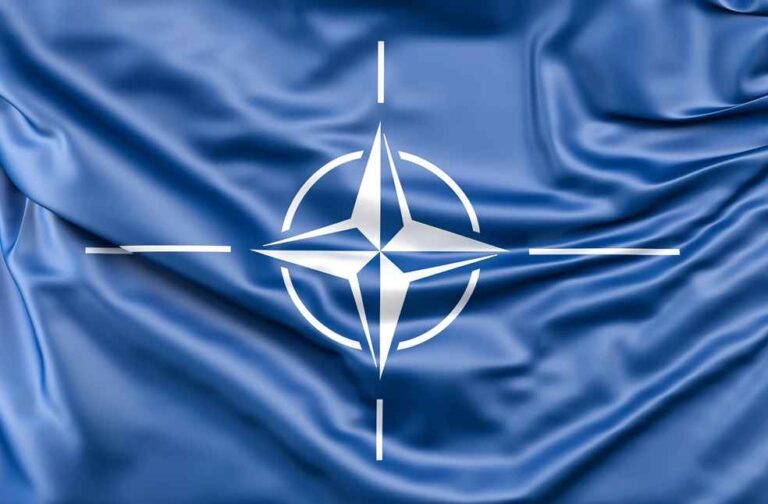Europe: A NATO commander has warned that Russian attempts to target underwater infrastructure vulnerabilities pose a threat to nearly 1 billion people across Europe and North America. Wind farms, pipelines, and power lines are included in this category.
According to V Adm Didier Maleterre, who is the deputy commander of NATO’s Allied Maritime Command (Marcom), the network of submarine cables and tubes that Europe’s energy and transmissions rely on, was not built to resist the ‘hybrid warfare’ presently being pursued by Moscow and other NATO opponents.
Maleterre stated that, “We know the Russians have developed a lot of hybrid warfare under the sea to disrupt the European economy, through cables, internet cables, pipelines. All of our economy under the sea is under threat. And, to be very clear, we know what Russians have developed as far as nuclear submarines to operate under the sea. So we are not naive and we are working together.”

Over the past 18 months, two cases of inferred sabotage on gas pipelines in the Baltic region were reported. The first one occurred in September 2022 on Nord Stream 1 and 2 and was observed by the Baltic Connector in October of the same year.
Despite comprehensive investigations by several nations, both happenings remain unsolved. However, in December, Finland stated that they considered a Chinese ship held intentionally harmed the Baltic Connector with its anchor, as all the evidence suggested so.
Maleterre, a submariner who claimed to spend over 1,000 days underwater, stated that the marine environment undergone significant changes since the existing infrastructure was originally built by the private sector, leaving it highly susceptible to damage.

“The companies responsible for them didn’t know that such hybrid warfare would develop so rapidly. More than 90 percent of the internet is under the sea. All our links between the US, Canada and Europe are transmitting under the sea, so there are a lot of vulnerabilities.”
Industry association WindEurope commented that offshore wind power is playing an increasingly important role in meeting climate goals, but it still faces some vulnerabilities. To reach the EU’s wind energy capacity targets, offshore wind will need to increase by 25 percent by 2050. In the United States, the Biden government seeks to deploy 30,000 megawatts of offshore wind along the coastlines by 2030.
The representative of the Marcom remarked that they held over 100 ships, nuclear submarines, and conventional submarines patrolling different waters, including the Arctic, Black Sea, Atlantic, Baltic, and Mediterranean.

“That’s a very important concern because it’s a security issue for nearly 1 billion Nato-nation civilians. We need to be protected and well supplied by our vital undersea infrastructures,” Maleterre said. Despite a noteworthy existence, NATO cannot cover every underwater infrastructure, leaving the primary obligation to nations to defend their infrastructure.
NATO is launching a reliable centre at Marcom’s UK headquarters to address concerns about undersea security. With artificial intelligence (AI) software, Marcom can detect doubtful movement at sea, including ships sabotaging their automated label system or lingering in one area.



